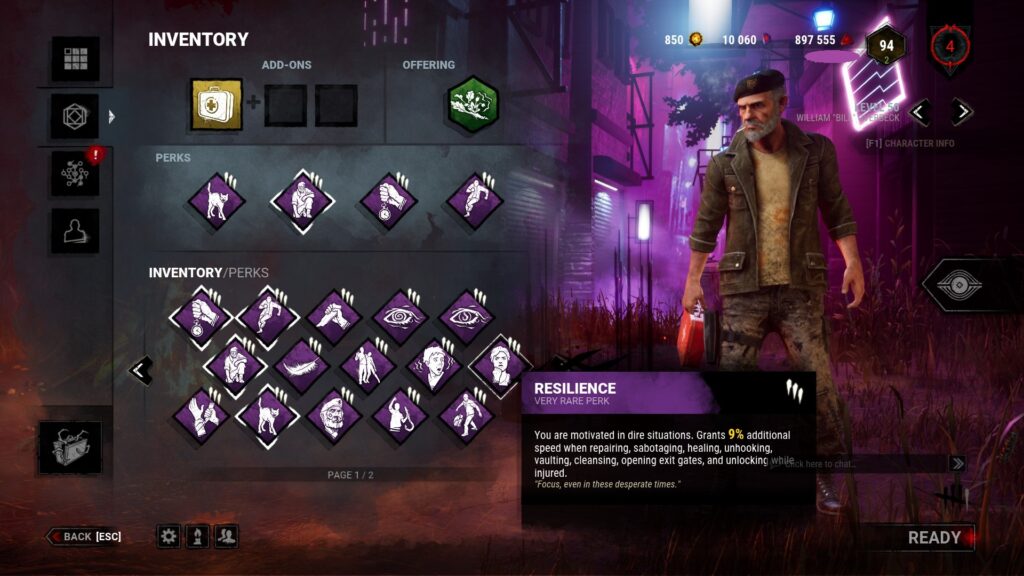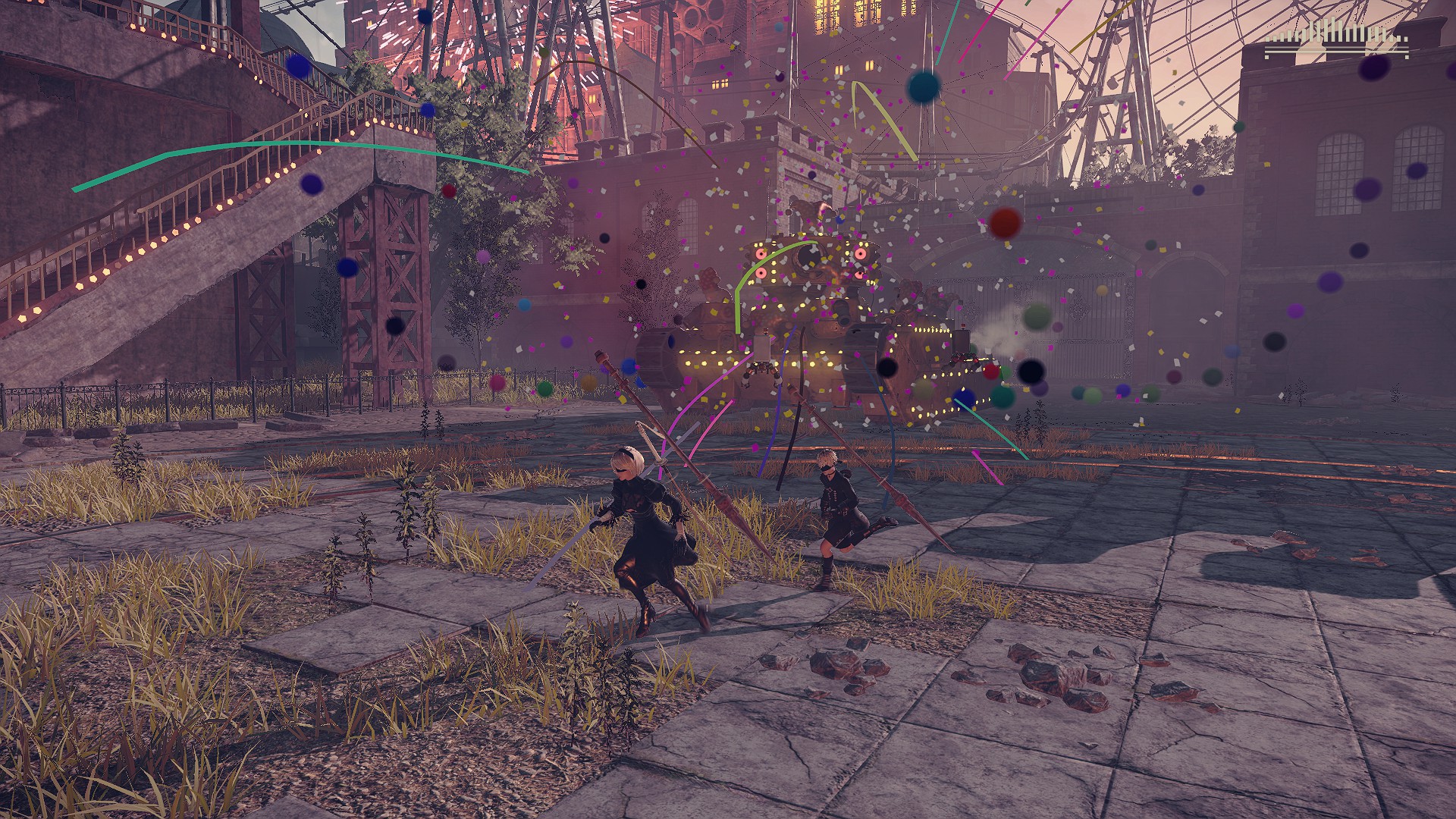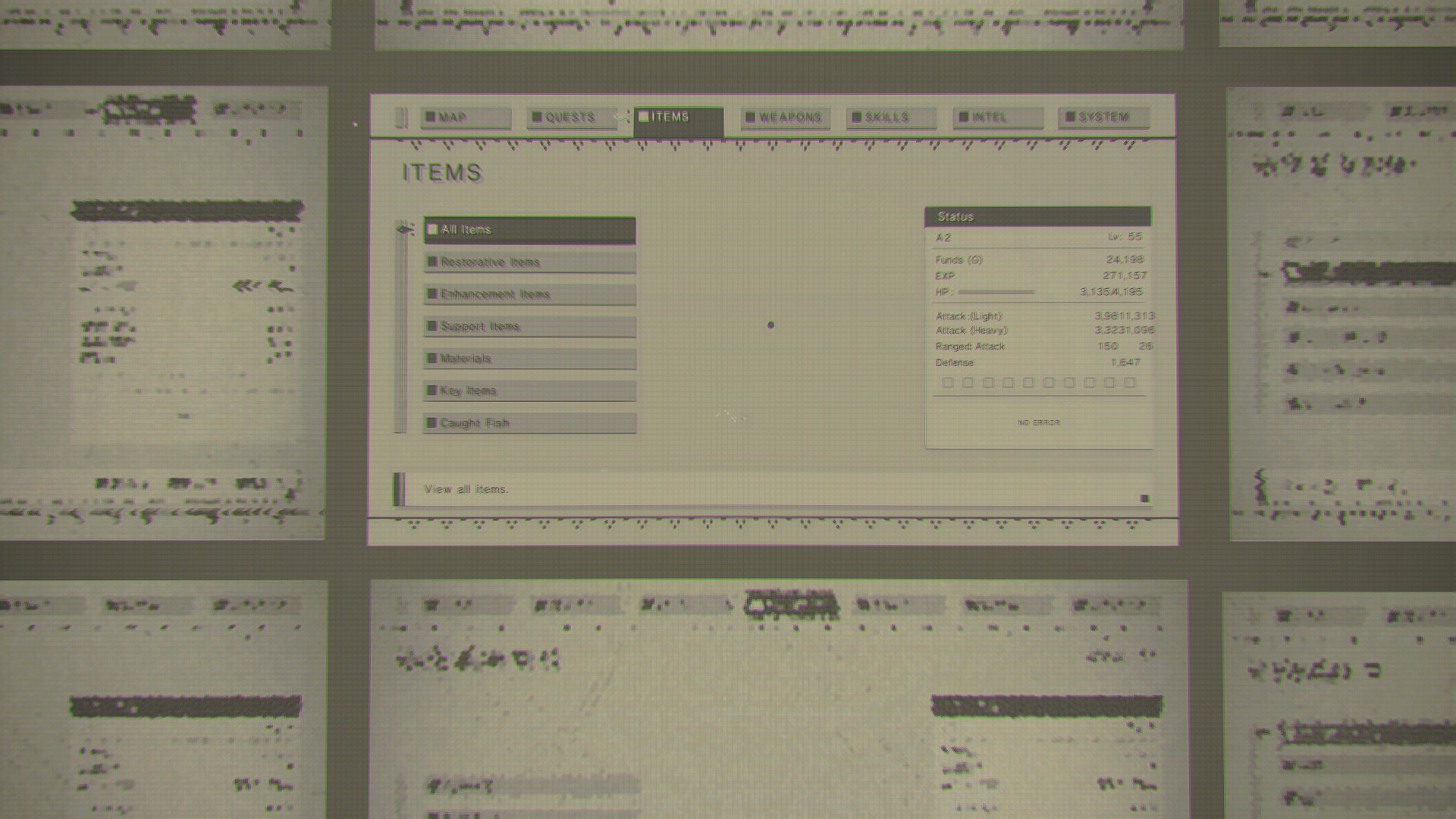Diegesis and games
2024/03/13
This is an idea that has been on the back of my mind for a long time, and I want to brush up and explain it as clearly as I can. It bothers me because I believe is at the core of what makes a game feel coherent.
What do I mean with diegesis? Why care?
Diegesis in movies
When I look up the definition of diegesis, I start doubting if it is the proper word to convey what I want to say, so I think I should explain diegesis as I understand it. I think it's easy by setting diegetic music in films as an example; usually in movies music is not diegetic, that is, the music does not exist in the world where the characters of the movie live. Use the music of The Lord of The Rings for example; it fits the mood of what happens on screen and heightens that, but as far as we know Frodo can't really hear the leitmotiff of the Ring every time he holds it close the way we do. It is as if the music and the video are reaching us through different channels and they belong to different universes with no knowledge of each other. We don't question the fact that they match each other, because we know the score was composed to match this moment, but to notice that is to get thrown out of the immersion and to remember for a second that we are watching a movie, that someone made it.
Here is a moment of diegetic music that I really like:
Here we have the characters playing a song, the lyrics of the song reflect what the characters are feel at this point of the story and even the singer is the same person as the voice actor for the character singing. The fact that everything is made for this moment makes it more memorable. The animation, the music and the lyrics are all already good by themselves, but they all come together as parts of one story and enhance each other creating something greater than sum of its parts.
This scene is as memorable as it is because everything is integrated into the context of the story, it is diegetic.
Now imagine if it was not diegetic. If, for example, it was a montage of the characters doing things together while a famous song whose lyrics kinda fit the story played in the background I don't think it would become memorable in my mind, it would get thrown together with all the other similar scenes from romantic comedies with similar scenes. But this is one of the scenes in media that I remember the most and has been stuck with me for so many years.
There are many ways of using diegesis to achieve different effects. But in this case it creates cohesiveness and enhanced immersion. There is only one story and one world where the story happens and that unified story is trying to reach you through different channels at the same time. The pull towards the story feels stronger.
But what about games?
If diegesis can be used to create the feeling of a single cohesive world/story that is reaching the person experiencing it through different channels simultaneously, then why don't games do it? If the strong and unique point of games is their interactivity and their immersion, what does a diegetic game look like? What is diegetic gameplay?
When we talk about games, the diegesis I would like to see is actually the integration between the systems that we use for interacting and the world inside of the game.
We could start by pointing at the bad examples, at the 'non-diegetic/anti-diegetic' gameplay. You ever play a game where you feel like there is another game inside a game? Or feel like you spend too much time managing menus that indirectly affect the main game but exist in a separate world from the game? Games that get controlled mostly through 2D HUD's that take so much screen space that only a little bit of the 3D world where the action happens remains? That's the smell of non-diegesis in games right there.
When I play Dead By Daylight, I notice that a significant part of my time I spent it on the menus before joining 'the actual game', choosing perks, using coins to crawl around the skill tree, selecting things from menus. While all of these things affect some values once the game starts, I can't help but feel that it is completely disconnected from what is supposed to be 'the game itslef'. Imagine for a second, how different it would feel if, instead of choosing the items before a match by clicking buttons on a 2D menu that looks nothing like the game, we got thrown into a 3D scenario where you move your character around and walk up to an item and grab it.

Skill trees, crafting menus and RPG leveling up systems have become a way of adding gameplay systems that are there to adjust some values of the game but seem to exist in a different reality than that of the game. Does my character know that it leveled up? When you play a modern AAA game that has cutting-edge 3D graphics, how much time do you spend managing 2D menus that feel more like trello boards? When I play an RPG and I hit an enemy and instead of bleeding it pops up numbers, are the characters inside the game supposed to know those numbers exist?
Journey as a good example
In Journey, your avatar in the game world has a scarf that gets charged with white light. You can then use that white light to fly, like it's your energy. You recharge your energy or find upgrades that make the scarf longer increasing the total. It may have been easier to go the usual way and put a 2D stamina bar on the top corner of the screen and have it replenish and get longer. The information is the same: you can see for how long you can jump. We can even argue that having a 2D HUD is more readable. But because that information is now part of the scarf of your character, it feels more integrated, it exists inside the world of the story.

This is a screenshot of the game. This is how the game looks. Not a trailer, not a cutscene. This is the game. By getting rid of the HUD everything that remains is the game itself, it feels as if the whole screen is a painting that you can play around with. It feels more beautiful this way, the world pops out more because once there is no HUD, it feels as if my monitor was a window into this world.
Think of a game, any game, and think how much of the information on the screen is actually not a part of the world of the game. Then try to imagine ways in which that information could be conveyed inside the context of the 'game itself'. Imagine a game with no health or stamina bars, the character just looks visibly tired, wouldn't that be cool? Feel more natural? Make you more aware of how the character feels?
Little gestures can mean so much
Of course, UI and HUD evolved as a set of solutions to very common problems and I'm not saying there should be no UI ever. Just a little wink here and there to recognize that something exists as part of the world of the game can be a nice gesture that goes a long way. Metroid Prime tells you that the HUD is actually part of Samus's helmet with a nice little transition animation. Or how Dead Space puts the UI as elements inside the suit of the player. Or how Final Fantasy VII makes the mechanic of materia be something that exists in the world and is part of the plot.
These little gestures can give more meaning that something that would just be 'a menu' otherwise. If you don't acknowledge this at all in some way, you risk making the player feel like the game is actually a CRUD app where you update the values of a table while some cutscenes unfold in the background, especially for RPG's.
Nier Automata, the most 'diegetic' game I can find
Nier Automata is the best example of a diegetic game I can think of. Where all the systems even classic gaming conventions like save files or HUD's are recognized as elements that exist in the world of the game and even get used as plot devices.
So, in this game you control some androids that fight other different kind of robots. And the robot you control has a certain amount of memory, and you can equip/load programs in memory. Each UI element, from the mini-map, to the healthbar is a program that you load into the memory of your robot and are free to remove. You could remove most of the HUD, and use that space to equip heavier hits instead. You can even go as far as uninstalling your own OS, which results in you dying and unlocking an ending to the game.


I just removed all of the HUD and equipped more attack power instead. I can do this.
All of can feel gimmicky until it's not because it becomes part of the story in significant ways. For example, when you save the game, what you are actually doing is uploading a copy of your robot memories to a server in the moon where there's more robots like you and where you will respawn after you die, because you get repaired there. But that reconstructed version of you is using your memories of what happened up to your last backup, so you don't remember what happened between your last backup and your death. Maybe something important happened during those moments between your last backup and your death, and there are others who were with you at that time still remember it while you don't. There are plot points that develop around this.

You could say that this is just constantly breaking the 4th wall but I don't think it is. A 4th wall break would mean the elements of the game start recognizing the player and trying to interact with him. But what this is doing, is taking a set of very common videogame concepts: UI, leveling systems, HUD, save points, and makes them part of the game itself and the story and the world of the game. Enhancing those elements. Deciding to do that is bold because you have to challenge a lot of assumptions and established best practices about design, but the end result is way cooler than all the other games that stuck to the rule for its own sake.